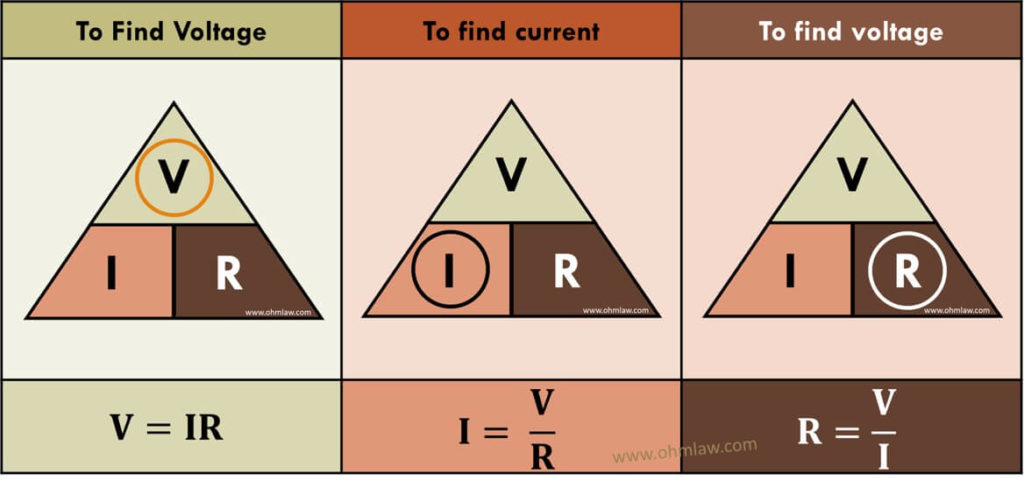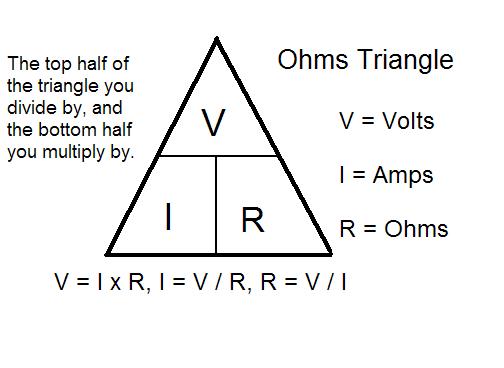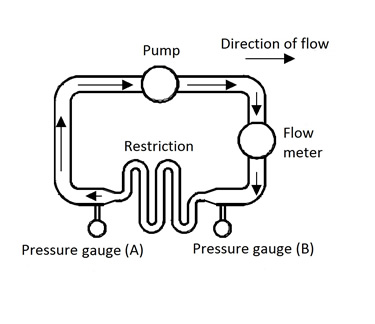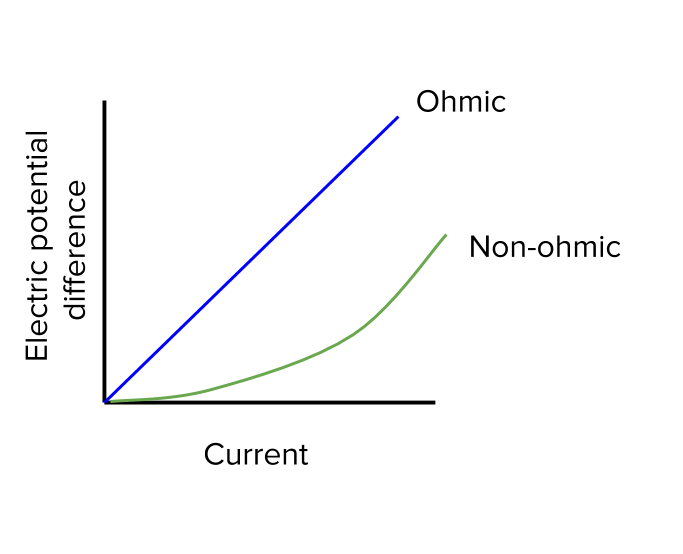Equation Linking Voltage Current And Resistance

Its resistance in a circuit.
Equation linking voltage current and resistance. For this reason the quantities of voltage and resistance are often stated as being between or across two points in a circuit. We ve seen the formula for determining the power in an electric circuit. The resistance of an electrical component can be found by measuring the electric current flowing through it and the potential difference across it. Voltage is represented in equations and schematics by the letter v.
The equation v ir means that the potential difference or voltage across a resistor can be found by multiplying its resistance by the current flowing through it. The relationship between voltage current and resistance forms the basis of ohm s law. So for this analogy remember. The unit of potential difference is the volt v which is equal to a joule per coulomb j c.
The electrical relationships between resistance r current i power p and voltage e is defined by ohm s law. The amount of current in a circuit depends on the amount of voltage and the amount of resistance in the circuit to oppose current flow. One ohm is defined as the resistance which allows the current of one ampere under a potential difference of 1 volt. This means that if the voltage is high the current is high and if the voltage is low the current is low.
How to use ohm s law to determine current. In the above circuit we know we have a battery voltage of 18 volts and a lamp resistance of 3 ω. Learn the power formula. This equation called ohm s law shows the.
Ohm s law states that the current through a conductor between two points is directly proportional to the voltage across the two points. Just like voltage resistance is a quantity relative between two points. In this analogy charge is represented by the water amount voltage is represented by the water pressure and current is represented by the water flow. What is ohms law formula equation triangle ohm s law is one of the most fundamental of laws for electrical theory.
A potential difference voltage across an electrical component is needed to make a current flow through it. By multiplying the voltage in volts by the current in amps we arrive at an answer in watts let s apply this to a circuit example. In a linear circuit of fixed resistance if we increase the voltage the current goes up and similarly if we decrease the voltage the current goes down. The ohms law formula or equation links voltage and current to the properties of the conductor i e.
Current voltage and resistance current is the rate of flow of electric charge.


















